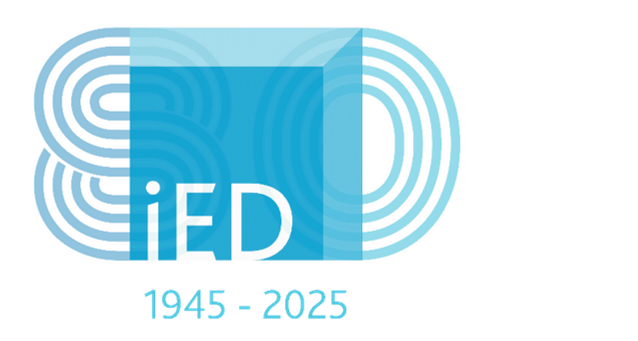Continuing Professional Development (CPD) is the process of planning, tracking and documenting skills, knowledge and experience gained, both formally and informally through work, beyond any initial training. It is a record of experience, learning and application.
Professional engineering and product designers who are Members of the Institution have signed up to the IED’s Code of Conduct, which includes the following statement: “A Member shall take all reasonable steps to maintain and develop their professional competence by attention to new developments in science, technology and design relevant to their field of professional activity and shall encourage persons working under their supervision so to do.”
Professionally registered and active Members are required to keep their knowledge and skills current and relevant through professional development and seek to broaden and deepen their knowledge and skills. Members shall keep adequate records of professional development undertaken. Members shall encourage those working under their supervision to do the same.
These statements aim to ensure that Members of the Institution maintain professional competence by appraising themselves of new legislation, standards, technologies, designs and other developments in their specific field of design. This ensures the IED’s Membership can be relied upon to be at the forefront of the professions, ready and able to act in the best interests of the public, the law, their employers and other stakeholders. In addition, CPD may be used as a tool to plan and execute career progression, using CPD to develop competencies for other grades of registration as a professional product designer, CAD specialist, engineering designer or environmentalist. Frequently these will be the next more senior registration grade, but Members may also wish to use these competencies to develop competence in a different direction.
CPD AND PROFESSIONAL REGISTRATION
IED members who are professionally registered at CEnv and CTPD grades are required to complete and submit CPD records annually – this is a requirement of the Charters as established by the Privy Council. Persistent failure to submit CPD records will lead to removal of the professional registration.
The Engineering Council requires all licensed bodies (such as the IED) to monitor and record CPD of their Registered Members. Persistent failure to submit CPD records could lead to removal of Engineering Council registration.
The IED has introduced, from 2018, random sampling of all its Registered Members and those registered with the Society of the Environment and the Engineering Council; RProdDes, CTPD, RCADMan, CEnv, EngTech, IEng and CEng.
CPD GUIDANCE
WHAT DOES CPD CONSIST OF?
Technically, CPD may include anything that fits under the heading of developing skills, knowledge and experience. This may be formal and informal, planned and unplanned. This CPD is personal and is not required to fit a particular pattern, although from time to time particular pieces of CPD may be required in order, for instance, to meet a statutory requirement for a particular level of employment, to gain knowledge of recent legislation and avoid unknowingly breaking the law, or because a new technology needs to be utilised effectively in the workplace.
With CPD being personal to the Member, it may include training, work experience, academic study, volunteering, events and seminars, self-study: members read journals, write articles, contribute to blogs, train colleagues, attend exhibitions etc. With much of work-place learning being informal, care should be taken to include this, together with the learning that comes from unplanned ‘mistakes’ and events.
HOW TO RECORD CPD
CPD should be recorded. No specific method is prescribed for this. Those who benefit from structured training in the workplace may maintain a log of activities. The key to recording CPD is to do ‘little and often’, keeping a CPD file. When a course is completed, a journal is read, a blog or article is written or training is given to a colleague, it is written down, any certificate scanned and a personal note made of the learning from the activity. Registered users of the IED’s CPD system (mycareerpath – free to use for all IED Members, contact HQ for the details) can use the online form, or a pro forma available on the IED website which can be downloaded. If more than one organisation requests a CPD record, then there should be no need to produce a separate copy for each organisation.
RETIRED MEMBERS
The regulations on CPD state that records are sought from ‘active’ Members – ie, those still in employment and/or those who volunteer in a role for the IED. Active retired Members who volunteer for the Institution in some capacity (such as sitting on a Committee, writing articles for the journal, conducting interviews), will be required to submit a CPD record (which will, of course, include all the above activities and relevant training you have done to support them). Fully retired Members who do not carry out voluntary work for the Institution will not be required to submit CPD records. If they are randomly selected to do so, they should simply let the IED know they are fully retired and the database will be amended to ensure they are not included in any future selections for monitoring.
RANDOM AUDIT
Each year the IED randomly selects 10% of registered Members and ask for CPD records for the preceding 12 months. The Membership Committee reviews 10% of those selected to look at the variety of development undertaken, the level of learning gained and the reflection of the development against learning outcomes. Individual feedback may be provided.


